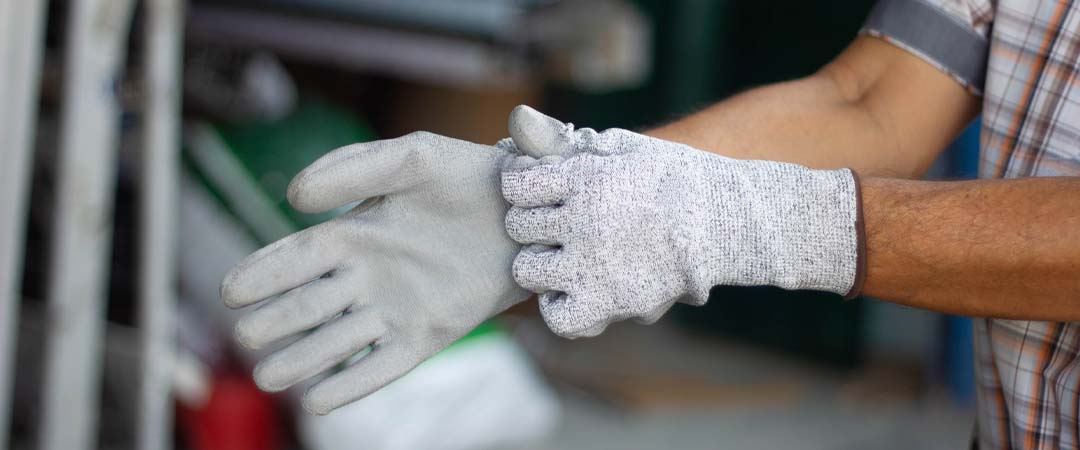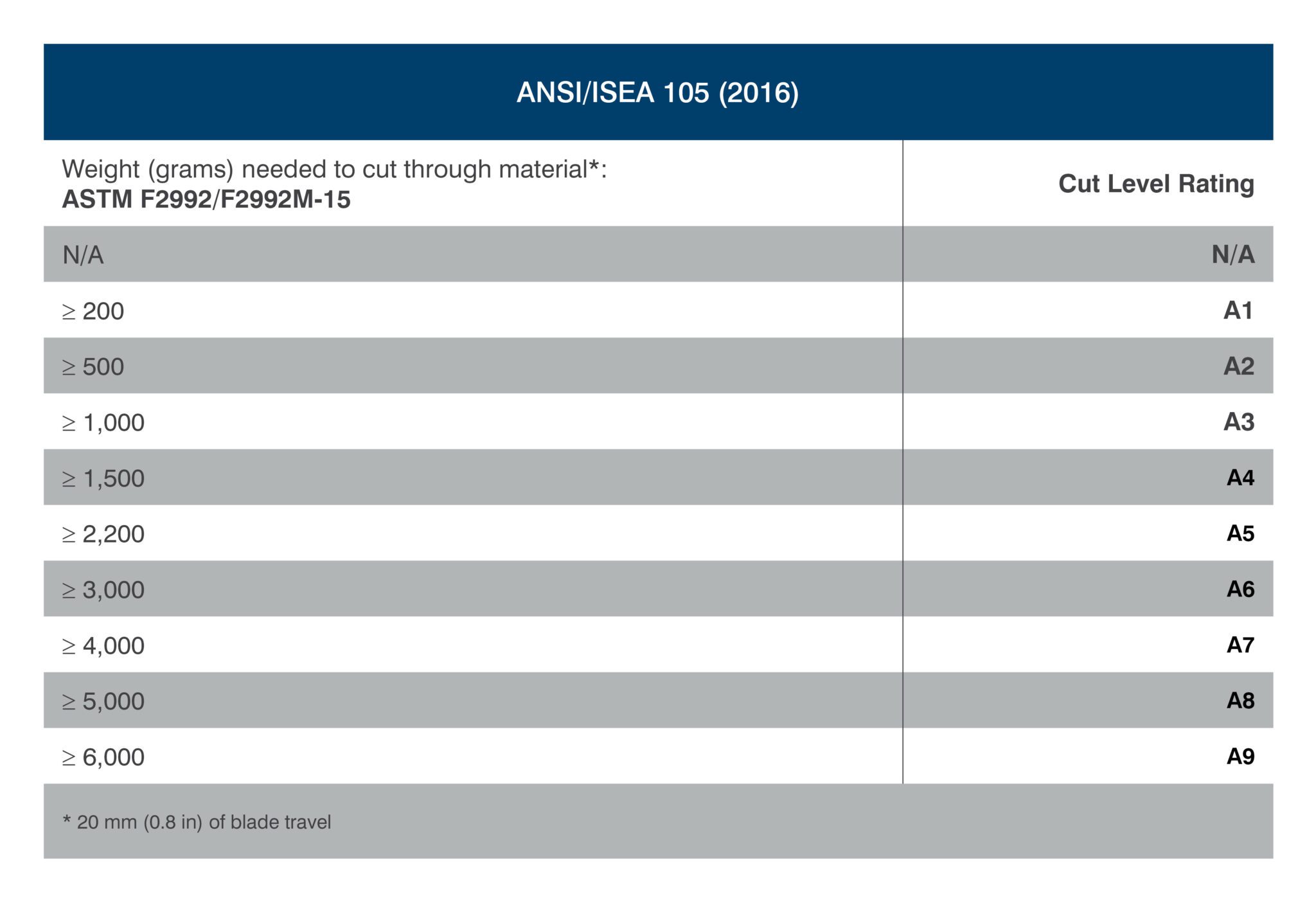By Jason Doty, Category Analyst – Safety/PPE and Fasteners

The health and safety of employees is a major priority in every industry, and cut-resistant gloves are one way to reduce the potential for injury among workers in the field. Not only does finding safety solutions protect front-line workers from avoidable hazards, it reduces the risk of fines, loss of business and painful lawsuits. In any hands-on industry, it’s important for employees to wear proper hand protection, like cut-resistant gloves.
Providing hand protection for employees
As a manager, it’s your job to oversee the safety of your employees, which includes providing the correct personal protective equipment (PPE) for each, unique job site or task. According to OSHA’s standards, “employers [must] protect you from workplace hazards that can cause injury or illness. Controlling a hazard at its source is the best way to protect workers.” When a job gives you reasonable suspicion to encourage hand protection — such as potential for severe cuts/lacerations, abrasions, punctures, burns, etc. — always play it safe by providing and enforcing PPE resources.
Some of these resources include, but are not limited to:
- PPE, such as gloves
- Safety and PPE training
- Replacements for worn or damaged PPE
- Project and/or job site supervision
Cut-resistant glove ratings
While cut-resistant gloves must be provided in accordance to your job site or task, there’s more detail to uncover about what hand-protection equipment is OSHA compliant for your employee’s work environment. The American National Standards Institute (ANSI) has a cut-resistant glove rating system containing nine levels of cut protection; the higher the cut level, the greater the amount of weight is needed to cut through the glove material.

- Level 1–3
- Little to no cut protection. Level 1 is not recommended for any form of cut protection.
- Commonly used for food canning and bottling, handling most PVF materials and drywalling.
- Level 4–5
- Medium to heavy-duty cut protection.
- According to MCR Safety, here are a few of the most common cut threats on job sites.
- Tools, instruments and equipment (i.e. knives, box cutters, etc.)
- Machinery
- Containers, furniture and fixtures
- Structures and surfaces
- Commonly used for pulling lines, handling cables and wires and installing fixtures.
- According to MCR Safety, here are a few of the most common cut threats on job sites.
- Level 6–7
- Heavy-duty to high-level cut protection.
- Commonly used for cutting pipe, handling power tools and maintenance repair.
- Level 8–9
- Extreme cut protection – used in dangerous work environments that are considered extremely hazardous.
- Commonly used for metal handling, moving heavy equipment and utilizing sharp instruments, such as knives, saws and tool guns.
- Medium to heavy-duty cut protection.
In short, conduct the proper research surrounding your next project and job site to ensure appropriate measures are being taken to protect yourself, your employees and your customers. When in doubt, closely follow ANSI’s cut-level guide to determine the proper cut-resistant glove rating.
Safety first
As an overseer for operations and job sites, it’s your responsibility to make safety a priority and provide resources that keep your workforce safe, in the know and abiding to OSHA guidelines.
Don’t wait for an injury or near-miss; be proactive and protect working hands from the threats of a hazardous work environment.
Read more: